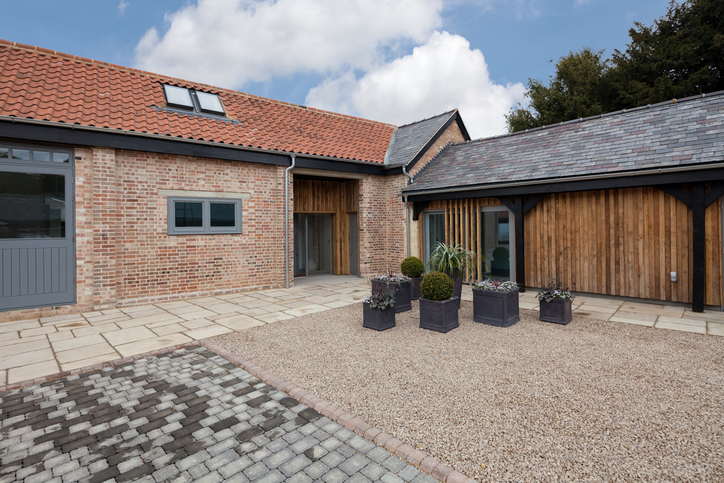
The Town and Country Planning (General Permitted Development etc.) (England) (Amendment) Order 2024 (SI2024/579) (“Order”) comes into force on 21st May 2024.
This will result in extensions and amendments to the current 2015 Order which relates to agricultural permitted development rights, and which included the introduction of Class Q allowing a change of use from agricultural buildings to dwelling houses, and Class R which relates to change of use from agricultural buildings to commercial buildings.
This will be of interest to anyone who owns agricultural land and buildings or is hoping to acquire them. Generally, the changes have been welcomed as they provide further opportunities for diversification for rural businesses, however some feel they do not go far enough, as people with redundant or underused buildings within protected landscapes will still not be able to carry out any permitted development.
The changes to Class Q Permitted Development include:
- Increasing the total floorspace that can be developed, which now includes a single storey extension to the existing rear hard standing adjacent to an agricultural unit up to 4m, along with an increase to the cumulative number of separate houses that are permitted from 5 up to 10 (but note that large dwellings over 465m2 will no longer be permitted after the expiry of the transition period on 20th May 2025, as individual dwellings must not exceed 150m2)
- Removing the requirement that an agricultural building which is part of an established agricultural unit must have been used solely for an agricultural use before permitted development can be carried out (this should benefit more barns, but still excludes solely equestrian or commercial sites).
- Importantly, the time since which buildings must have been used as part of an agricultural unit has been brought forward by 10 years, to 24th July 2023.
- Allowing buildings which have ceased to be part of an established agricultural unit to benefit from permitted development, provided that they have been used for agricultural purposes. This means some equestrian or mixed use buildings within agricultural units could be converted, such as stables within a farm.
- Allowing development that slightly extends the current building envelope, so external insulation or cladding is permitted, provided it does not exceed 0.2m.
- Preventing development of buildings that do not have suitable existing access to the public highway, and still does not allow development in National Parks or areas of outstanding natural beauty.
The changes to Class R Permitted Development include:
- Increasing the range of commercial uses to which former agricultural buildings (and the land within their curtilage) may be used, such as to B2 for processing raw goods and ancillary goods to be produced and sold on site (not livestock), or agricultural training.
- Doubling the cumulative floorspace of buildings that may change use under this class from 500m2 to 1000m2.
Categorised in: Commercial Property, New Build, News, Residential Property
Tags: Commercial Property, Farming & Agriculture, Residential Development, Residential Property